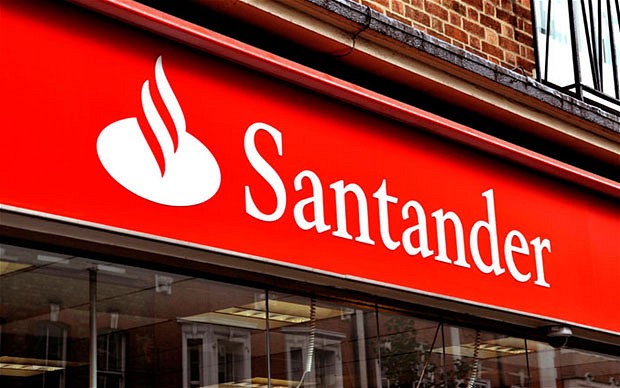Mortgages
Santander mortgage customers warned about ‘cheaper’ standard variable rate

Newer Santander mortgage customers coming to the end of their fixed term this week will be moved on to a relatively cheap default rate but they shouldn’t be lulled into thinking they’re getting a good deal.
In 2018, Santander announced it would offer two default rates which customers would be automatically switched to when their deal ends, if they didn’t remortgage or opt for a product transfer.
Anyone who took out a mortgage with Santander from 23 January 2018 would be moved on to its new Follow-on-Rate (FoR) while existing customers who took out a mortgage pre-23 January 2018 would go on to its Standard Variable Rate (SVR) once their fixed or tracker rate deal ended.
The FoR is a variable rate that tracks at 3.25% above the Bank of England Base Rate which currently stands at 0.75%. As such, customers now pay 4% at the end of their mortgage deal. Any future Base Rate rise or fall will be passed on in full.
But those who will go on to the SVR will pay a higher default rate at 4.99%, when their current deal expires.
The first group of people to be moved onto the cheaper FoR will be those who took out a two-year fixed rate mortgage from 23 January 2018.
The parallel default rate is still expensive
Mortgage experts say that while this group will go on to a cheaper default rate, they should still shop around as mortgage rates are incredibly cheap.
At the time Santander announced its plan to introduce the FoR, Ray Boulger, senior technical mortgage manager at John Charcol said it looked like a tactic deployed to undercut rivals’ SVRs and allow a more favourable affordability calculation. Both in 2018 and now, Santander’s revert rate is around 0.25% lower than competitors which carry a typical SVR of 4.25%.
Talking to YourMoney.com this week, Boulger said: “The message for Santander customers is to make sure you don’t go on the revert rate, even the FoR, as it is high compared to the rates you can get today. You should look to get another deal. Ask Santander what options it will offer and once you know, you can look at alternatives.”
Boulger said remortgagors with a low LTV may be able to get a two-year mortgage fix at the 1.2% mark. He added that customers should also consider longer-term fixes such as a five-year deal as “there’s not much difference in the rates”.
Santander for instance offers a five-year-fix at 1.3% (£1,499 fee) for remortgagors with a lower LTV. “Even those with a fairly high LTV, the rates on offer are much better than the SVR,” he said. “If you want a five-year fix and need 85% LTV, you can still get 1.7% with Barclays (£995 fee).”
Boulger added: “Even though the revert-to rate is not quite as bad as the SVR, that’s not the point. The point is that they [default rates] are all expensive.”
David Hollingworth, associate director, communications, L&C Mortgages, said: “The shift by Santander from a bog-standard variable rate to a lower reversion rate that is directly pegged to Base Rate is certainly a positive one.
“Not only should it offer a lower rate for those who fail to switch at the end of their deal but it should offer benefits for borrowers when it comes to meeting the required stress tests that lenders need to conduct as part of their affordability.
“Despite the improvement it shouldn’t lure borrowers into being complacent and at a current rate of 4% it still represents a higher rate than is available on the very competitive rates in the market now. By switching to a new deal, borrowers should be able to make big savings over any lender standard variable or reversionary rate. Shopping around will ensure that they reassess their needs and seek out the best deal for their circumstances.”
Complaints of the new rate being ‘unfair’
When Santander announced its second revert rate, some suggested it was a divisive and unfair move. Why should there be one higher revert rate for borrowers who applied pre-23 January 2018 and one cheaper default rate for those who applied after?
In fact, the Financial Ombudsman Service (FOS) has received around 15 complaints from customers who believe they haven’t been treated fairly.
But Santander has confirmed that existing customers currently on the SVR who are up-to-date with payments can transfer to a new product rate, including the FoR.
Santander said customers are contacted four months before their current product is due to expire, and they’re invited to talk about moving their mortgage onto a new product. Where a customer takes a new product with a lower rate than their current one, they will be moved immediately i.e. before the official end date of their current product.
Where a customer takes a product with a higher rate, they will only be moved at the end of their current mortgage term.
Santander’s half year results as at 30 June 2019 revealed that SVR balances made up 10% of its mortgage book. Its full year results will be published next week.